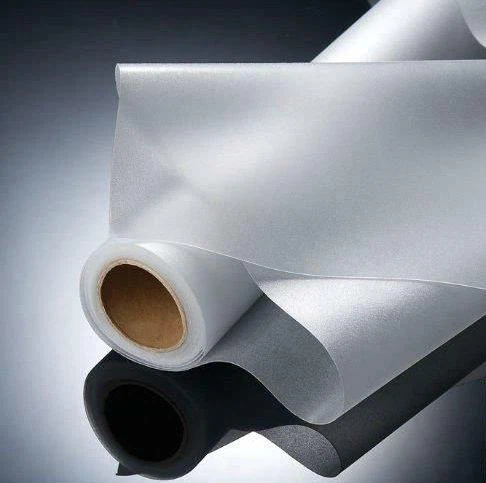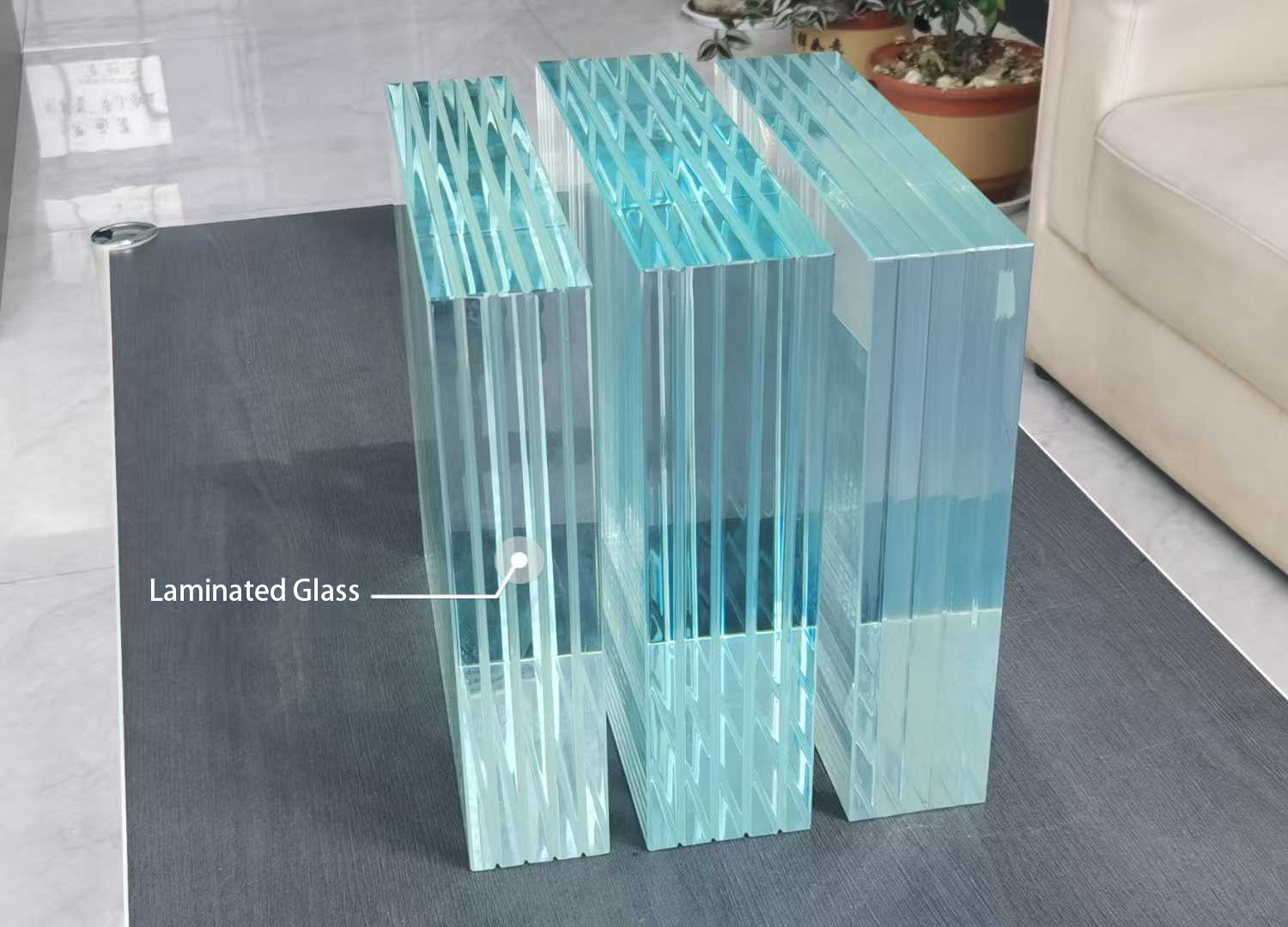- All
- Product Name
- Product Keyword
- Product Model
- Product Summary
- Product Description
- Multi Field Search
Views: 7 Author: Site Editor Publish Time: 2025-10-27 Origin: Site
TopoGlass, based in Guangzhou, China, is a leading glass manufacturer and processor specializing in high-quality laminated glass for architectural, decorative, and functional applications. One common question in the laminated glass industry is whether to use EVA (Ethylene Vinyl Acetate) or PVB (Polyvinyl Butyral) as the interlayer. In this article, we compare EVA vs PVB laminated glass and explain which interlayer suits different applications.

Laminated glass is a type of safety glass made by sandwiching one or more interlayers between glass sheets and bonding them through heat and pressure. The interlayer holds the glass together even when broken, providing safety, sound insulation, UV protection, and design flexibility.
Common interlayers include:
PVB (Polyvinyl Butyral) – traditional, widely used for safety and automotive glass.
EVA (Ethylene Vinyl Acetate) – increasingly popular for decorative, colored, or printed laminated glass.

Excellent impact resistance and safety performance.
Strong adhesion to glass and high transparency.
Can be clear or colored, but limited in complex pattern customization.
Performs well in moderate temperature and humidity conditions.
Architectural safety glass (doors, windows, balustrades).
Automotive laminated windshields.
Decorative glass with moderate design requirements.

Superior adhesion and UV resistance compared to standard PVB.
Transparent, colored, or printable; ideal for decorative patterns, photos, or logos.
Can be heat-cured at lower temperatures, suitable for complex laminated designs.
Better moisture and chemical resistance for exterior applications.
Printed or colored laminated glass for interiors.
Glass facades, partitions, and decorative panels.
LED embedded or artistic laminated glass designs.
| Feature | PVB Interlayer | EVA Interlayer |
|---|---|---|
| Safety Performance | High | High (slightly less common in automotive use) |
| Transparency | Very high | Very high |
| UV & Weather Resistance | Moderate | Excellent |
| Customization | Limited | Excellent (colors, patterns, prints) |
| Laminating Process | High temperature & pressure | Lower temperature, flexible |
| Cost | Generally lower | Slightly higher |
Summary:
Choose PVB for standard safety glass or automotive applications.
Choose EVA for decorative, colored, printed, or outdoor laminated glass projects.
TopoGlass is a professional glass factory and processor in Guangzhou, China, offering:
Custom laminated glass solutions with EVA or PVB interlayers.
Support for ultra-clear, colored, printed, and patterned glass.
High-quality production, on-time delivery, and competitive prices.
Projects for architectural, decorative, and functional applications worldwide.
Whether you need safety laminated glass for building or custom decorative glass for interiors, TopoGlass can provide expert solutions tailored to your requirements.
If you are looking for a trusted EVA or PVB laminated glass supplier in Guangzhou, contact TopoGlass today:
Email: topoglass01@gmail.com
WhatsApp: +86 180 1189 6423
Website: www.topoglass.com
| | No.2 Hongfeng Road, Yunpu Industrial Zone, Nangang, Huangpu District, Guangzhou, Guangdong China |
| | +86-180-11896423 |
| |